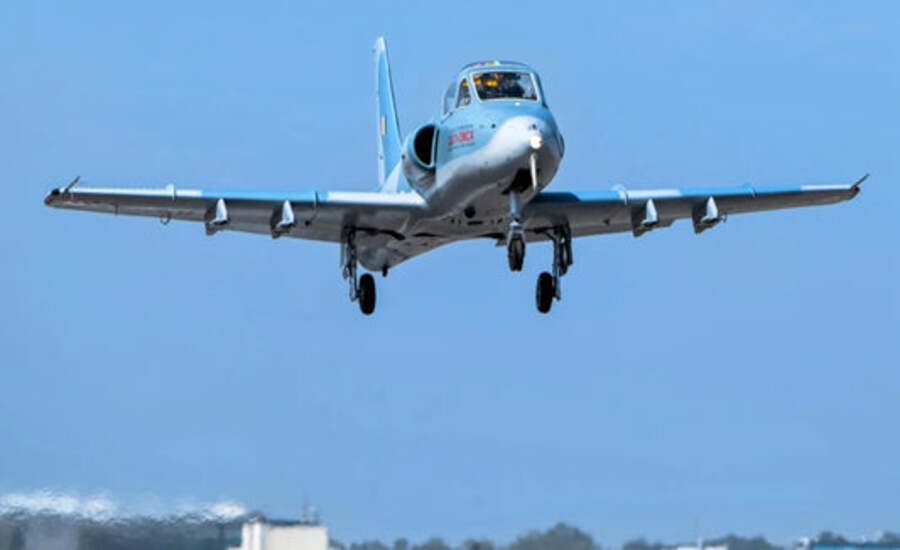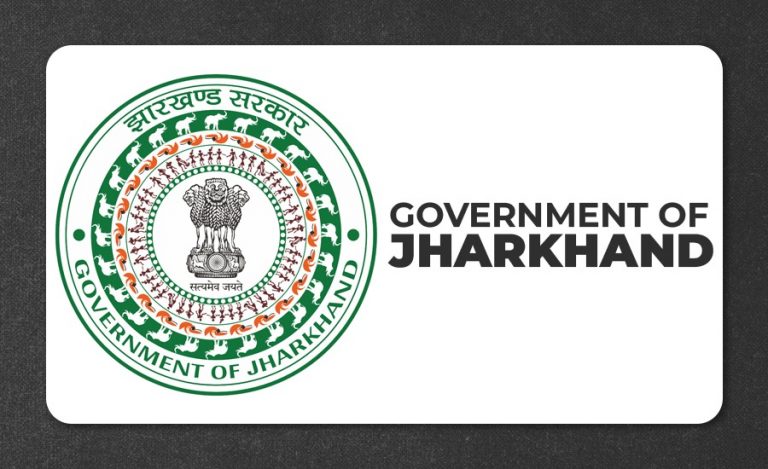New Delhi: The Indian Air Force (IAF) is under pressure to ramp up its fighter squadron numbers and integrate cutting-edge capabilities. To meet this challenge, HAL has embarked on the Combat Air Teaming System (CATS) initiative—a networked mix of manned and unmanned platforms operating in concert. Recently, HAL achieved a major milestone with its unmanned Kiran aircraft, setting the tone for future combat air teaming operations.
What is HAL Unmanned Kiran Programme
HAL has “successfully conducted the maiden flight of the Unmanned Kiran aircraft” at its Bengaluru facility, marking a significant step in the CATS ecosystem.
The platform is derived from the trusted Kiran Mk-II jet trainer used for decades by the IAF, now re-engineered into an Optionally Manned Combat Aircraft (OMCA).
Read Also: Historic Leap! HAL Tejas Leads India’s First-Ever Manned-Unmanned Combat Over Arabian Sea
The unmanned Kiran is designed to act as a decoy to enemy air-defences, simulate radar signatures and flight profiles, and perform both autonomous and ground-controlled missions including reconnaissance and limited strike roles.
Importance of Unmanned Kiran Maiden flight
Indigenous transformation: By converting legacy trainers into unmanned assets, India leverages existing airframes and infrastructure—boosting cost-effectiveness and self-reliance in defence aviation.
Combat readiness boost: The unmanned Kiran becomes a force-multiplier that can operate alongside frontline fighters like the Tejas Mk-1A and Rafale within the CATS network, enhancing overall mission flexibility.
Strategic deterrence: With regional security threats and two-front war possibilities, expanding combat air teaming capabilities adds depth to India’s aerial strategy.
Technology demonstration: The success showcases HAL’s ability to integrate autonomous systems, remote control, mission computers and legacy platforms into modern combat constructs.
Platform Snapshot – Unmanned Kiran
Base platform: Legacy Kiran Mk-II jet trainer (IAF asset) repurposed for combat air teaming.
New capabilities
- Optionally manned modes – ground-controlled and autonomous flight.
- Decoy role – simulate radar/flight signatures to confuse enemy defence systems.
- Payload integration – reconnaissance sensors, limited strike capability.
Operational benefits
- Extends legacy airframe life while adding new combat roles.
- Enables swarming tactics and teaming with manned fighters.
- Supports Make in India / Atmanirbhar Bharat defence policy.
Way forward
- HAL will integrate the unmanned Kiran as part of the broader CATS ecosystem—which includes loyal wingman drones, missile-carrying unmanned platforms and manned fighters working in tandem.
- Demonstration of the OMCA (Optionally Manned Combat Aircraft) variant is expected at events like Aero India.
- Further software and mission upgrades will follow as HAL matures the system and prepares for series use.
Read Also: Next-Gen Push: Ex-IAF Chief Bhadauria Urges Switch from Tejas MK-1A to More Lethal MK-2 Variant
The milestone may accelerate further indigenous unmanned combat programs, pushing India closer to a networked air-combat architecture and reducing dependence on foreign platforms.



























